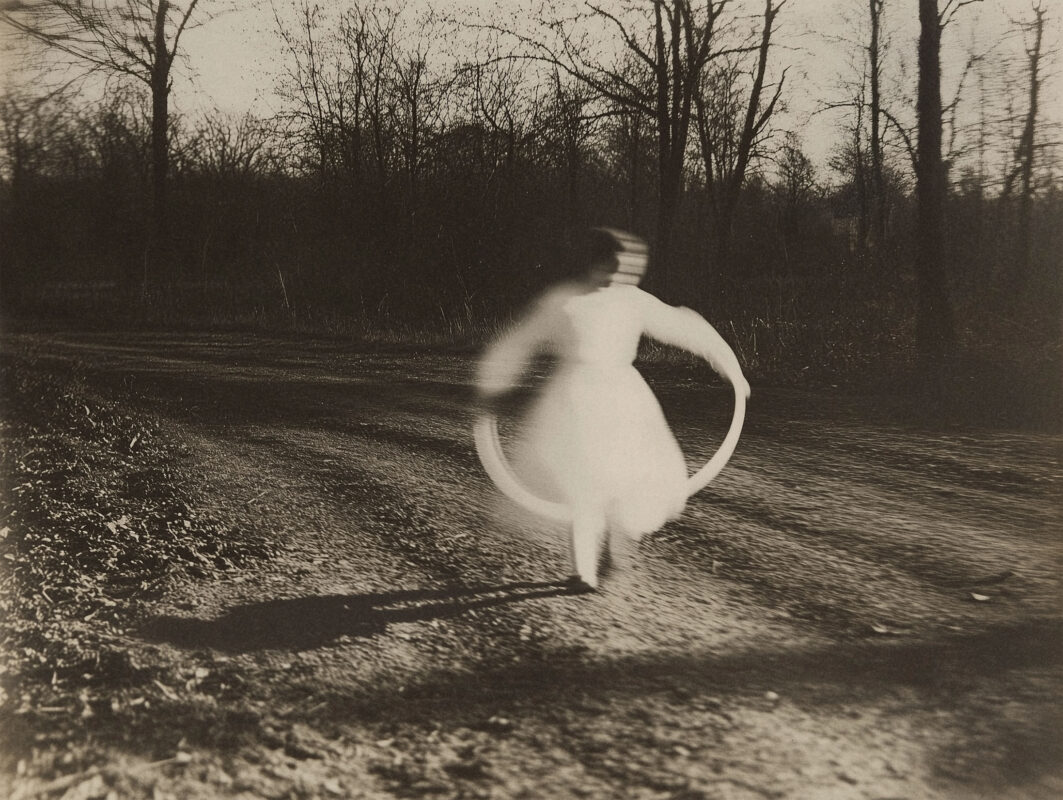Adelaida
Mercedes Hausmann y
Jorge Salgado
06.06 – 14.09

Adelaida Martínez-Corera y Grande (1853–1920) stands as a paradigm of those bourgeois women who defied the confines of female identity in the second half of the 19th century. An identity that restricted their existence to the domestic sphere, social events, and travel—everything that came to be known as “the angel of the house.”
These women learned languages, played musical instruments—particularly the piano, though not composing—and read, but did not write. They dressed fashionably and prepared for marriage, motherhood, and the education of their children. And this is how they were photographed for decades: from early daguerreotypes and cartes de visite taken in the major photographic studios, to the images made by amateur photographers at the end of the 19th century—who were often their own husbands, simply reproducing the prevailing model.
Adelaida represents the opposite; she stands for all those who broke with the established canon. In a male-dominated world, she worked to support her family. Following the death of her husband, she managed the finances and rental income of a property she owned in the Lavapiés neighborhood of Madrid, all while fulfilling the roles expected of her as a woman and a mother.
This exhibition proposes a dialogue between historical photography from the Hausmann Archive and a series of images generated through artificial intelligence, which allow for a visual reconstruction of those episodes in Adelaida’s life that 19th-century photographic practice either omitted or deemed irrelevant. Far from serving merely as an illustrative resource, AI is deployed here as a critical tool for reinterpreting the archive—activating a form of speculative memory that questions the limits of historical representation.The generated scenes—such as the portrait of Adelaida in her office, managing her financial responsibilities—do not allude to a lost document, but to a possibility suppressed by the gender and class constraints of the time. These images do not aim to replace reality, but to expand it: they speak to an invisible truth, erased from the photographic imagination of her era. In this sense, the series proposes a visual archaeology of the past from the standpoint of the present, restoring a voice to those who were denied one and broadening the boundaries of what we consider legitimate representation.
Manuela Alonso Laza

